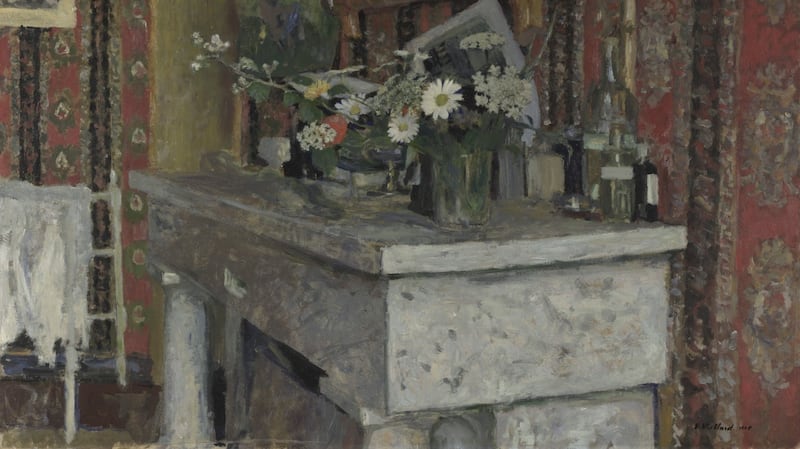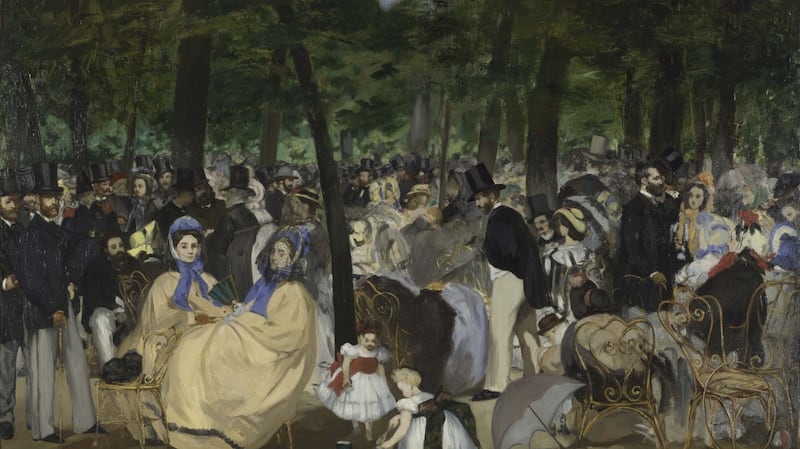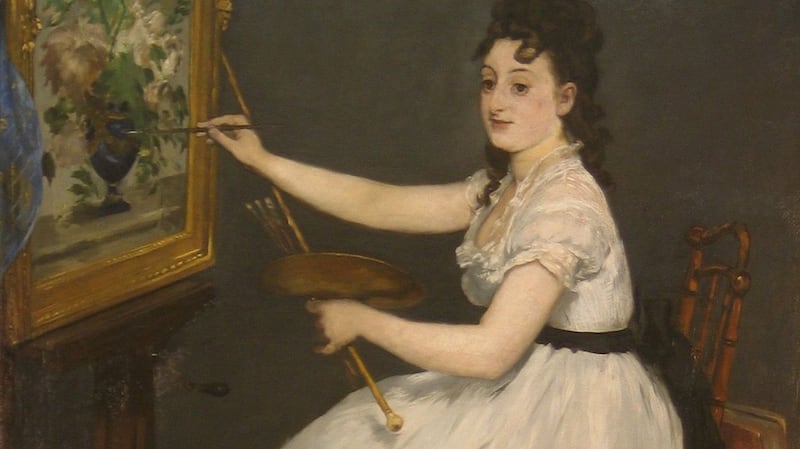Ireland has a “moral claim” to a priceless trove of impressionist paintings, including world-famous works by Renoir, Monet and Manet, its British keepers have privately admitted.
Newly-declassified files show top-level negotiators from the National Gallery in London “verbally” agreed Dublin’s right to the 39 works at the centre of a 100-year-old row as far back as four decades ago.
Cork-born art collector Sir Hugh Lane, who died on board the Lusitania when it was sunk by a German torpedo off the coast of Ireland in 1915, originally left the collection to London.

It was later discovered that he had written a codicil, or amendment, to his will shortly before his death, stating that he had changed his mind and instead bequeathed the paintings to Dublin.
The codicil was signed but not witnessed and the National Gallery in London has retained legal ownership.
Fallout
The century-long fallout between Britain and Ireland over the collection became a nationalist cause célèbre, with WB Yeats and Lady Gregory, Lane's aunt, among those who campaigned for Lane's final wishes to be honoured.
The ongoing fight to have the works returned to Ireland was overseen personally by former taoiseach Jack Lynch, a confidential file just released under the 30-year-rule shows.

It reveals James White, former director of the National Gallery of Ireland and chief negotiator for the Irish side for decades, reporting to Lynch in 1979 about a 14-year agreement loaning much of the works to Ireland.
In the handwritten letter, dated September 19th, he boasts of having succeeded in getting Renoir's Les Parapluies (The Umbrellas) for seven years of the arrangement, and Manet's Eva Gonzales for the full term.
“In exchange, they insisted on taking the Degas,” he wrote.
“However, both the chairman and the director agreed in principle and verbally that we had a moral claim.”
White said he suggested that if “at any time they would be prepared to give effect to this moral claim, that I felt sure you [the taoiseach] would agree to a long-term loan of some of the principal pictures to them.”
He adds: “I suggested that this would clear the air of certain grievances.”
The taoiseach voiced his frustration that the Renoir – then valued at IR£1 million – was not included in the loan.
Lord Moyne, one of the Guinness heirs who was a trustee of Dublin’s National Gallery and also involved in the negotiations, also complained about London being “greedy and anxious to skim the cream of the collection and to leave us the milk in bulk”.
White writes back to the taoiseach to say he “is entirely justified” in his annoyance over the Renoir, but the new arrangement was the best he could deliver “given that London wanted to hold on to the Renoir permanently”.
The granting of 30 pictures to Dublin “on the grounds of representing Lane’s taste seems to weaken the English moral claim in the long term”, he argues.
Negotiations
It was unlikely England will ever seek back the “less important” pictures, “ensuring that they will never finally act on their legal right”, he adds.
Lynch tells him: “I want to congratulate you on your work in negotiating this delicate matter.
“I know you have taken it as far as anybody could possibly go and the outcome is a significant improvement on the earlier arrangement.”
He adds that the government will “provide whatever help and assistance you may require” in future negotiations.
The file shows the sensitivities over reaching an agreement to share the works.

There is a flurry of missives back to Dublin from then Irish ambassador to London Eamon Kennedy, warning against "any controversy surrounding the transfer of the paintings, especially in the mood which has followed the Mountbatten murders here", referring to the IRA assassination of Queen Elizabeth's cousin in August 1979.
It was agreed to move the paintings before announcing it.
Kennedy suggests “it might be as well not to make it too obviously official, thereby attracting unfavourable publicity and comment on this side of the water”.
Under the 1979 deal, the works were divided into two groups with 30 pictures placed on loan to Dublin’s civic modern art gallery, known as The Hugh Lane, and eight pictures remaining in London.
In a renegotiated 1993 deal, the paintings in London were divided into two groups which were shown alternately in Dublin and London for six years at a time.
They include Degas's Beach Scene and Monet's Lavacourt under Snow.
That agreement comes up for renewal in 2019.
In 2016, Dublin City Council unanimously passed a motion calling for the handover of "the collection of impressionist paintings bequeathed to Dublin by Sir Hugh Lane but which continue to be retained in London".








